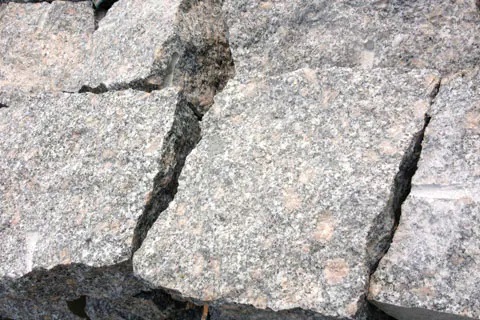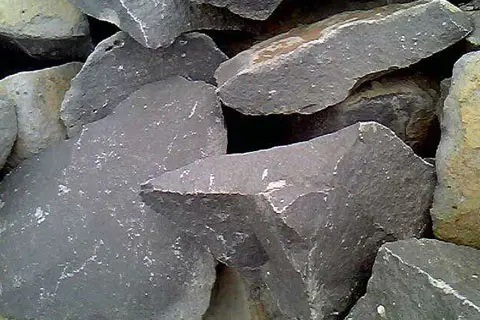10 Methods to Improve the Vibrating Screen Efficiency
Screening of vibrating screens is the key link of mines, chemical plants and cement plants. Screening efficiency refers to the quality ratio of the actual screening product to the material contained in the feed that less than the sieve hole. Screening efficiency directly affects the production efficiency.
The factors that affect the screening efficiency of vibrating screens and the methods to improve the screening efficiency are as below
Factors Affecting Screening Efficiency
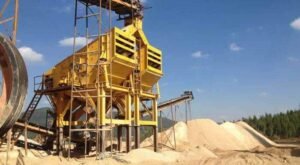
1. Properties of materials
(1) The more easy-to-screen particles are contained, the easier the material is to screen, and vice versa, the more difficult the material is to screen.
Particles with particle size d=1-1.5a (a is the size of the screen mesh) are easily stuck in the screen hole of the vibrating screens, which is called hindrance particles, affecting the material to pass through the screen hole. Therefore, the more difficult and obstructive particles the material contains, the lower the screening efficiency.
(2) Particles with spherical shape are easy to pass through square and circular hole of vibrating screens, while strip, sheet and polygonal materials are difficult to pass through square and circular hole shaker screens, but easy to pass through rectangular hole shaker screens.
(3) Water content. In dry screening, materials with high moisture content and better wettability and adhesion are easier to agglomerate and block the screen holes, and greatly reduce the screening efficiency.
(4) Bulk density. When the bulk density of materials is large, the screening efficiency of vibrating screen is proportional to the bulk density.
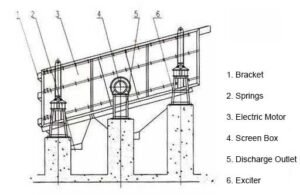
2. Properties of Screen Plates
(1) Opening rate. The ratio of the screen hole area to the screen panel area is called the opening rate. High opening rate create high screening efficiency and production capacity, but lead to short life of screen panels.
(2) Screen hole shape. The screen hole shape is different, and the material’s passing capacity varies greatly. When choosing the hole type of the vibrating screen, it should be suitable for the particle shape of the material.
(3) Size of screen plates. The ratio of length to width of the screen plates should be within an appropriate range, generally 2.5-3.
(4) Screen inclination. Low inclination angle, low production capacity; too large inclination angle, low screening efficiency. The inclination angle of shaker screen is generally 0°-25° and that of fixed shaker screen is 40°-45°.
10 Methods to Improve Screening Efficiency
1. Uniform Feeding
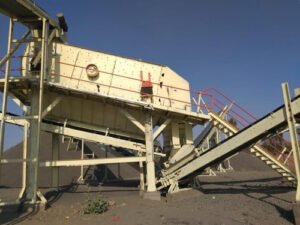
Continuous and uniform feeding, so that the material uniformly distributed on the screen, in order to ensure a higher production capacity and screening efficiency.
2. Feeding Volume
It should be properly and reasonably fed to avoid too much or too little.
3. Increasing Opening Rate
Increasing the opening rate of the vibrating screen plate and high opening rate are helpful to improve the screening effect. Usually, the opening rate of stainless steel screen plate is higher.
4. Adjustment Feeding Mode
In some cases, the feed of the vibrating screen is not fed along the full screen width, resulting in insufficient utilization of the screen plate.
5. Reduce Plugging Rate
In order to reduce the blocking rate of the vibrating screen plates, the self-cleaning screen plate can be selected.
6. Adjusting Inclination
Adjustment of the inclination angle of the vibrating screen machine can be considered. Appropriate inclination angle is conducive to reducing the material thickness.
7. Wet Screening
Wet screening can be used to improve the screening effect.
8. Adjusting Balance Weight
For circular vibrating screen, the method of adjusting the counterweight can be considered to improve the screening efficiency.
9. Controlling Feed Moisture
For dry screening, feed moisture should be strictly controlled.
10. Adding Fixed Screen
If permit, the fixed screen is added to the feeding end of the vibrating screen.
Leave your message to us through jycrusher@hotmail.com


